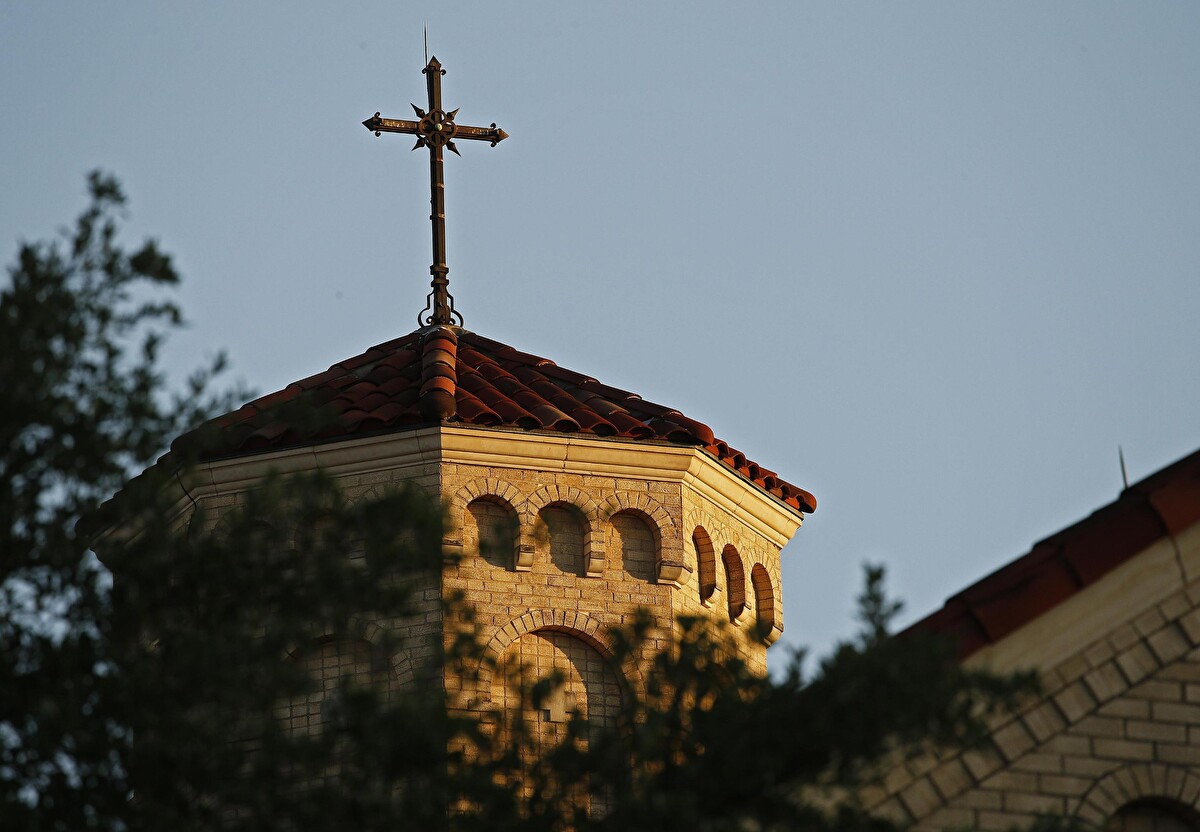Russian President Vladimir Putin has conditioned any potential ceasefire in Ukraine on a written pledge from Western powers to stop NATO expansion and partially lift sanctions, according to three Russian sources familiar with the matter reported by Reuters.
The Kremlin says it is preparing a draft memorandum with Ukraine that would outline the framework for peace, including the timing of a ceasefire. But no timeline has been given, and the war continues to escalate on the ground.
Western capitals and Kyiv accuse Moscow of using negotiations as cover while pushing forward militarily. “Putin is ready to make peace but not at any price,” one Russian source told Reuters. “Peace tomorrow will be more painful.”
Putin and U.S. President Donald Trump spoke for more than two hours last week. Following the call, the Russian leader said he was open to working with Ukraine on a memorandum. But Trump, frustrated by the lack of progress, warned Tuesday that Putin was “playing with fire” by refusing to engage in serious talks.
The Russian demands include a formal commitment ruling out NATO membership for Ukraine, Georgia and Moldova; the lifting of some sanctions; protections for Russian speakers in Ukraine; and a neutral status for Kyiv.
The Kremlin did not respond to requests for comment. Russian officials have consistently stated that any peace deal must address what they describe as the root causes of the conflict, including NATO expansion and Western support for Ukraine.
Kyiv has rejected the idea that Moscow should have veto power over its foreign policy. The Ukrainian government has called for binding security guarantees from the West to prevent further aggression.
NATO has maintained that its “open door” policy will not change in response to Moscow’s demands. The alliance did not respond to Reuters’ questions on the negotiations.
Russia launched its full-scale invasion in February 2022. It currently controls about one-fifth of Ukraine, including most of Luhansk, more than 70 percent of Donetsk, and significant portions of Zaporizhzhia and Kherson. Russian troops also hold positions in Kharkiv and Sumy and are threatening Dnipropetrovsk.
Despite recent territorial gains, the war is taking a toll on Russia. High interest rates, labor shortages and falling oil prices have compounded the economic strain. A Reuters report in January said Putin was increasingly concerned about the impact of the war on Russia’s economy.
Trump, who has long claimed he could bring an end to the war, criticized Moscow’s recent airstrikes on Ukraine, saying in a social media post that Putin had “gone absolutely CRAZY.” He also suggested further sanctions could follow if Russia continues to delay negotiations.
Russian sources said the Kremlin believes it can sustain a long war. If battlefield conditions allow, Putin may expand operations further. One source said the Russian president has become more rigid on territorial demands and is insisting on full control of the four regions annexed in 2022, along with Crimea.
Putin has repeatedly returned to the issue of NATO expansion. Moscow claims the United States broke a verbal commitment made in 1990 by then-Secretary of State James Baker, who reportedly told Soviet leader Mikhail Gorbachev that NATO would not expand eastward. That pledge was never formalized.
NATO, formed in 1949, says it poses no threat to Russia. But in 2022, the alliance identified Moscow as the most direct threat to Euro-Atlantic security. The invasion of Ukraine prompted Finland and Sweden to join NATO in 2023 and 2024.
European leaders have warned that a Russian victory could encourage future aggression, including against NATO members. Such a move would trigger a broader war. Russia has dismissed the warnings but continues to caution that the conflict could widen.












